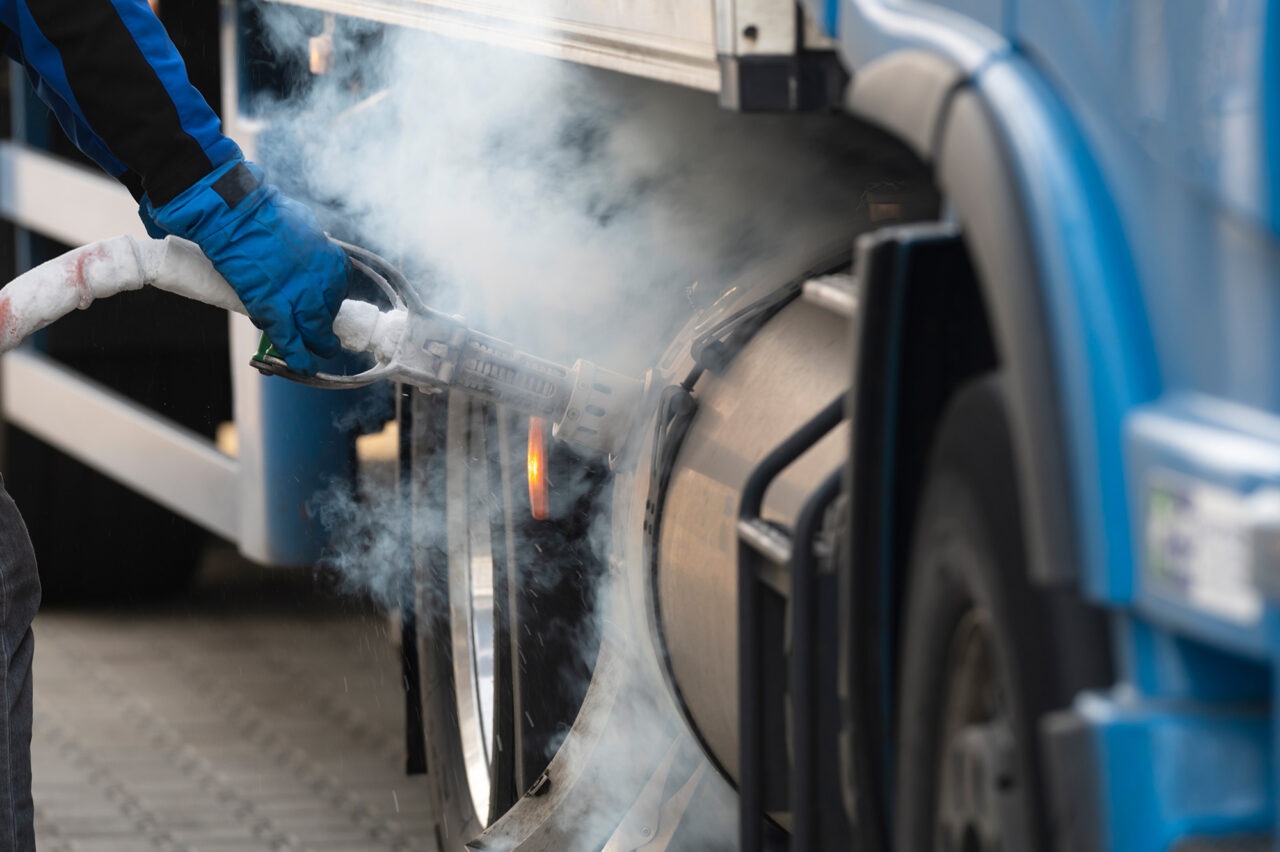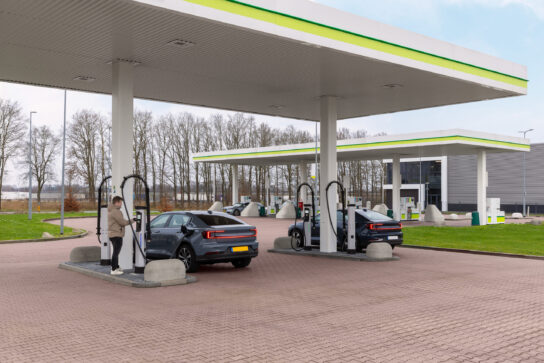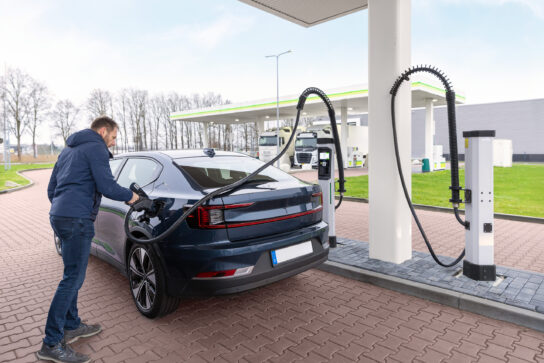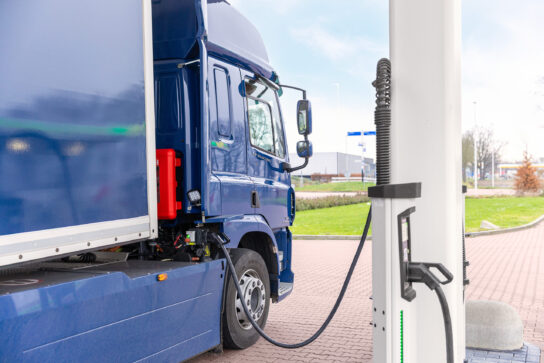Switching to more eco-friendly energies for freight transport
Economic growth and a rising world population have triggered a significant increase in the demand for energy: global energy use is projected to double by 2050 compared with 2020 levels. Given the current geopolitical context, it is even more necessary to diversify energy sources in the near future.
In order to meet this new level of demand, a wide range of energy resources is needed. Natural gas is in plentiful supply and is recognised as the cleanest burning fossil fuel, so it will no doubt play an important role in addressing this issue. Biofuels can also be considered as a viable alternative to help create a set of cleaner and more sustainable energies.
Liquified Natural Gas: why use LNG and bio-LNG as alternative energies for vehicles?
Natural gas is predominantly found in remote locations across the globe, which can make transportation and related costs a real challenge. Consequently, prior to distribution, the gas is cryogenically cooled to a temperature of -162 ° C to produce liquefied natural gas (LNG). As a liquid, LNG is much safer and more cost-effective to transport and store, as it takes up to 600 times less space than in its gaseous state. The same goes for bio-LNG, as its density and physical properties are comparative to LNG. Bio-LNG is the biofuel version of the gas, derived entirely from renewable sources.
LNG is a clean-burning, more eco-friendly fuel that emits less carbon dioxide than other fossil fuels. It is also much safer and more efficient to transport when cooled and turned into liquid: it is 639 times less voluminous than natural gas, reducing transport costs tremendously.
Natural gas vs LNG and bio-LNG in density
Natural Gas (NG) density = 0.68 kg/m3
LNG density= 426.00 kg/m3
This means that 1.0 kg of NG requires a volume of 1.47 m3; while 1 kg of LNG needs only a volume of 0.0023 m3. Hence it is possible to fit the same amount of LNG in a much smaller volume. 1.47 m3 divided by 0.0023 m3, equals 639.
Bio-LNG has a similar density and physical properties to LNG; however, the former goes through treatment to remove contaminants and to create a chemical composition comparable to the latter.
LNG is the cleanest fossil fuel, as most of its impurities and heavier hydrocarbons are stripped out during liquefaction. As a result, LNG has a relatively low content of nitrogen oxide (NOx) and other greenhouse gases, including CO2. LNG releases up to 90% less NOx and up to 70 % less CO2 than traditional fuels such as gasoline or diesel, according to a FutureGas report.
LNG can also be renewable when obtained from the anaerobic digestion of organic waste, resulting in bio-LNG. In this case, biomass feedstock goes through fermentation and turns into biomethane, which converts into quality gas after purification. This process allows the reuse of organic matter and generates the same energy benefits as pure LNG.
LNG is a low emissions fuel that is proving to be of specific interest to freight transport fleets, since it is possible for a truck to travel circa 1200 km on one tank of fuel.
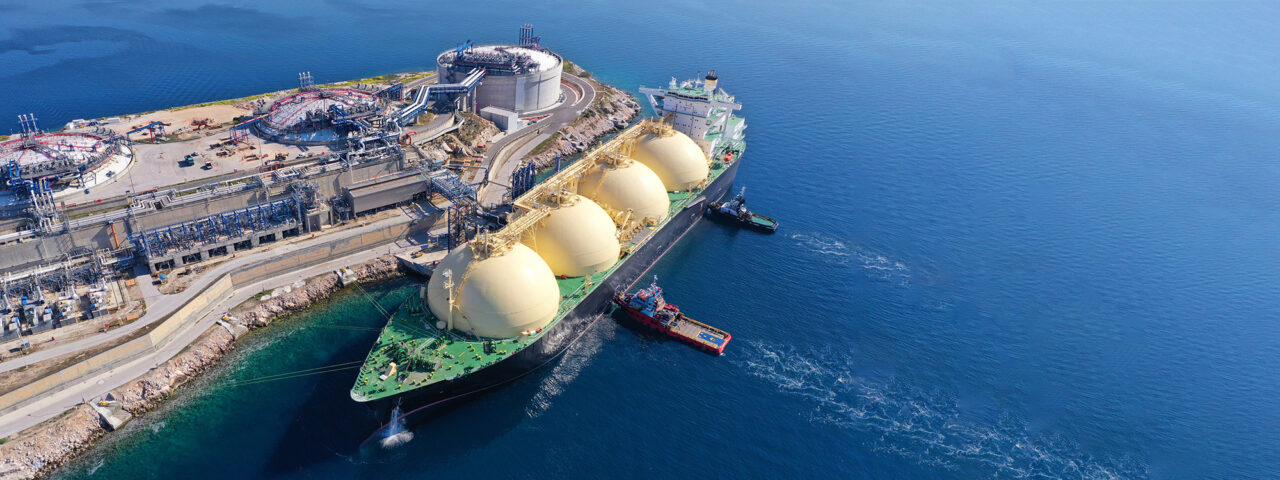
How is LNG produced?
1) The extracted natural gas has to be purified to remove unwanted elements such as water, carbon dioxide, mercury, and sulphur. These impurities would freeze during the liquefaction process and potentially cause blockages.
2) In addition, natural gas may contain traces of propane and butane, which must be filtered out to achieve absolute purity.
3) The purified gas is then liquefied by the use of a heat exchanger, which acts as a refrigeration unit to absorb the heat from the gas until it has cooled to a temperature of -162 °C. This process transforms the gas into a clear, colourless, non-toxic liquid and provides crucial volume shrinkage.
4) LNG is stored in insulated containers until it is transported by tanker ship with temperature-controlled tanks
5) After shipment, LNG is regasified and carried by pipelines to provide energy for homes, businesses, and industry
How is bio-LNG produced?
The production of bio-LNG is very similar to pure LNG, and follows the same general steps. However, the composition of Bio-LNG is more prone to impurities or polluting agents and consequently requires meticulous attention during the first stage of production; the purification process.
The purification removes contaminants such as ammonia (NH3), water vapor (H2O), hydrogen sulphide (H2S), methyl siloxanes, nitrogen (N2), oxygen (O2), halogenated volatile organic compounds (VOCs), carbon monoxide (CO) and hydrocarbons. These substances can cause operational problems, mostly due to corrosion, and can lead to health and environmental risks.
The removal of these components results in biomethane, which is the refined biogas. Biomethane can be used as a fuel for transport, as well as being able to produce electricity and heat.
Building LNG and bio-LNG stations
Whilst LNG and treated bio-LNG are both odourless, non-corrosive and non-toxic fluids, they can induce asphyxia – so great care should always be taken in their presence. Since LNG and its bio-counterpart have a low boiling point and low specific gravity (lighter than air), they evaporate immediately into the atmosphere if spilled.
When LNG or bio-LNG are used as fuel, they are stored as a liquid in a tank at the service station. To retain the liquid form, the gas must remain at a temperature of -162 °C at all times.
In order to safely refuel trucks with LNG and bio-LNG, drivers and operators must follow protective measures by wearing safety shoes, long sleeve overalls, cryogenic gloves and safety glasses.
TSG facilitates the planning, design, construction, and installation of LNG/bio-LNG stations for companies wishing to operate public stations or private stations for their own fleets.
- An LNG/bio-LNG station is typically governed by the following processes:
- Offload (transfer of LNG/bio-LNG from the trailer to the station’s fuel tank)
- LNG/Bio-LNG storage
- BOG (boil-off gas) management system (to avoid high pressures building up inside of the tank when LNG/bio-LNG starts to increase in temperature)
- LNG/Bio-LNG dispenser for distribution
- LCNG distribution (when an LCNG line is added to the station, allowing the supply of both LNG and CNG without pipelines).
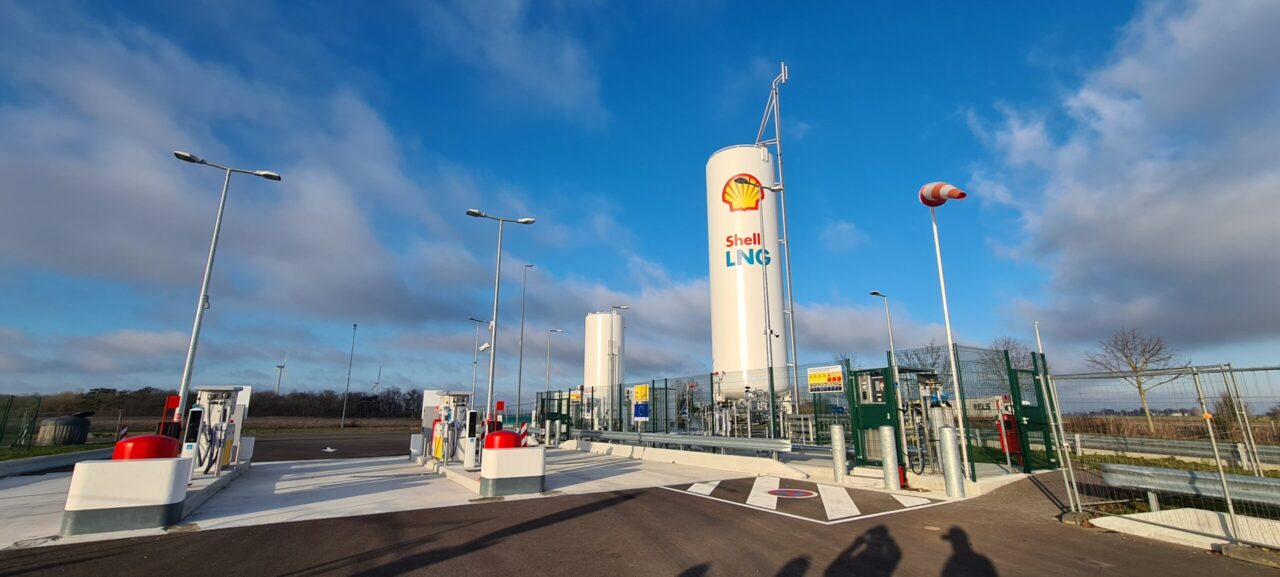
Can biogas replace natural gas?
Bio-LNG is currently used to supplement LNG, but the European Union (EU) aims to mass produce biogases for application in both industrial and domestic uses. To achieve this, the EU plans to implement environmental and economic policies to build a low-carbon economy, reaching 80-95% reduction of greenhouse gases (GHG) by 2050.
To accomplish this objective, the EU determined that at least 32% of all energy consumption would come from renewable sources by 2030. This policy takes into consideration statistics from 2014, when 19.2% of global final energy consumption originated from renewable sources, of which biomass represented 14% . In May 2022, there was a proposal to increase the target to 45% by 2030.
Even exceeding expectations, biogas production is not enough to completely replace non-renewable sources of energy. However, alongside other existing and newly developed energies for transport, such as electricity (either through batteries or from hydrogen), it is possible to sufficiently diversify the market to manage the energy crisis, while retaining and meeting environmental policy targets.
TSG new energy services
TSG is the largest service and equipment provider in the industry, with more than 50 years of experience. TSG is best known for the installation and maintenance of traditional fossil fuel stations across 30 countries in Europe and Africa, and it aims to transition with its customers towards cleaner and more sustainable energies. With TSG Gas, we are now able to install and maintain LPG, LNG/bio-LNG, LCNG/bio-LNG, CNG/bio-CNG and hydrogen stations. TSG provides full turnkey solutions, from site survey, design, construction, project management, civil works, equipment installation and commissioning, backed up by a service and maintenance package. We provide adaptable solutions for the use of several energy sources, supporting energy transition and diversification.
